Latest Posts
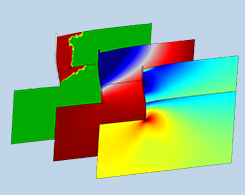
Predicting Deformations in a Bank Protection Structure with Simulation
To predict how a bank protection structure within the Yangtze River in China would deform under certain conditions, a group of researchers turned to geomechanical analysis.
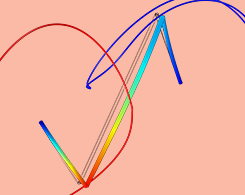
Benchmark Model Helps Verify the Multibody Dynamics Module
The Four-Bar Mechanism with Assembly Defect benchmark model verifies the Multibody Dynamics Module for flexible multibody analysis.
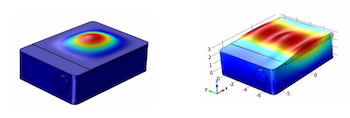
Designing a Sensor Package for a High-G Accelerometer via Simulation
To design a piezoresistive sensor package for a high-G accelerometer, researchers turned to multiphysics analysis. They then verified the simulation results with experimental data.

Happy Birthday, Wilhelm Röntgen
Wilhelm Röntgen, a German physicist, is best known for discovering X-rays. Fun fact: The first X-ray ever taken is of the hand of his wife, Anna Bertha.
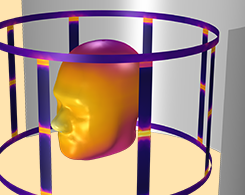
Designing and Optimizing MRI Birdcage Coils Using Simulation
An MRI birdcage coil should have an optimized magnetic field distribution around a patient’s head. Using RF simulation, we can design such biomedical systems.
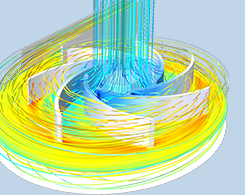
Predict the Performance of Rotating Cone Micropumps with Simulation
Researchers from Texas A&M University used multiphysics simulation to evaluate the fluid dynamics and performance of a rotating cone micropump, a key component in many types of process equipment.
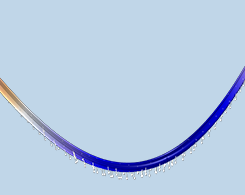
Understand Phenomena in the Viscous Catenary Problem via Simulation
The viscous catenary problem is theoretically and experimentally significant in many industries due to the complex phenomena it entails. Simulation can help us understand this problem.
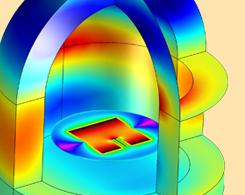
Assessing a Radome Design’s Ability to Improve Antenna Directivity
Bad weather and harsh environmental conditions can negatively effect antenna directivity, and in turn, wireless communication. Using simulation, you can design radomes that improve this quality.
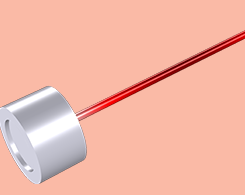
Analyzing Hearing Aid Receivers with Lumped-Parameter Modeling
Modeling complete hearing aid systems is extremely computationally expensive. Enter lumped-parameter modeling, which enables you to couple a system component to a test setup for validation.
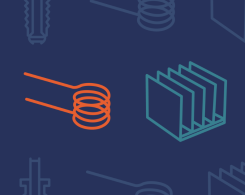
Building COMSOL Multiphysics Models with Excel® and Visual Basic®
Say you want to base your model on data kept in the Excel® spreadsheet software. Using LiveLink™ for Excel®, you can interface between the spreadsheet and the COMSOL Multiphysics® software.
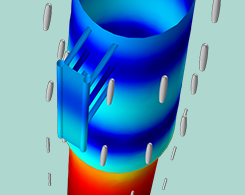
Model Electrodes with Nonideal Connectivity in Corrosion Analyses
Learn the appropriate boundary conditions for performing a corrosion analysis in which an electrode is connected to an external short circuit.

Designing CSRR-Based Sensors to Monitor Chronic Kidney Disease
Chronic kidney disease can be effectively diagnosed, prevented, and treated through the use of noninvasive CSRR-based sensors. Researchers optimized the design of these sensors with simulation.
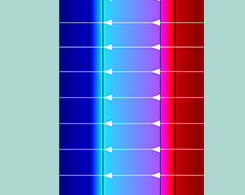
Analyzing Reverse Electrodialysis Units with Multiphysics Modeling
Pass the salt…for a clean energy solution. Salinity gradient power relies on osmosis between fresh- and saltwater to generate power, and simulation can help analyze and optimize such systems.
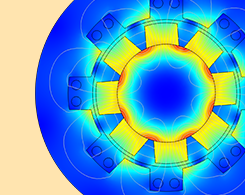
Simulating the Electrothermal Transients in Superconducting Magnets
In order to design superconducting magnets for a particle accelerator, such as the Large Hadron Collider at CERN, researchers need to simulate and optimize their electrothermal transients.
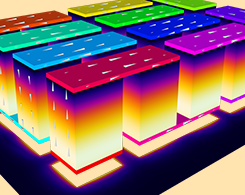
How to Analyze Thermoelectric Cooler Designs with a COMSOL App
A simulation application, such as one for a thermoelectric cooler design, can be used to test a variety of parameters in order to optimize a device for a specific use.
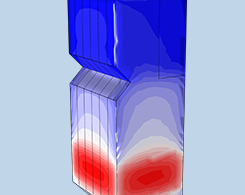
Analyzing Utility Boiler Designs by Simulating Radiative Heat Transfer
To study a utility boiler furnace, you need to account for the effects of radiation, which is difficult to solve for analytically and study experimentally. That’s where simulation comes in.
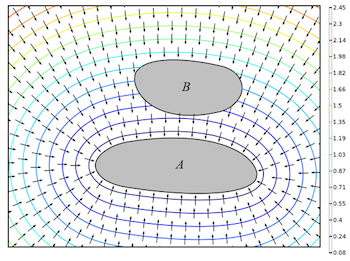
How to Compute Distances Between Objects in COMSOL Multiphysics®
Compute the distance between two deforming objects in the COMSOL Multiphysics® software. Here’s how…
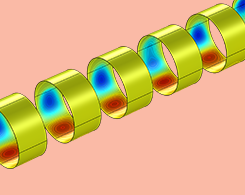
Comparing Hydrodynamic Bearings with Rotordynamics Analyses
Compare the load capacities for different types of hydrodynamic bearings and determine which is best suited for your area of study by using the Rotordynamics Module.
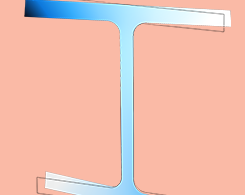
How to Analyze Beam Sections Using the Beam Section Calculator
Simulation applications can be used as utility tools to compute the properties and parameters of a component or device. In this example, the application analyzes beam section geometries.
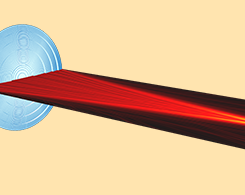
How to Implement the Fourier Transformation from Computed Solutions
In this wave optics demonstration, learn how to implement the Fourier transformation for computed solutions, using the example of an electromagnetic simulation of a Fresnel lens.

Analyzing Novel Roof Tile Designs with Multiphysics Simulation
To investigate a novel design for roof tiles that can keep buildings cool in hot climates, called Life HEROTILE Project, a research group from Italy turned to multiphysics simulation.
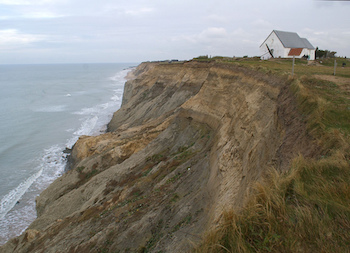
Solving Shallow Water Equations with Equation-Based Modeling
Shallow water equations are an example of equation-based modeling. You can define expressions in COMSOL Multiphysics® to solve a shallow water equation for coastal erosion analyses.
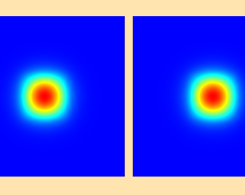
Improving the Design of Monolithically Integrated Magneto-Optic Routers
Magneto-optic (MO) routers are an efficient alternative to electro-optic (EO) routers for communication systems. Learn about a modeling approach used by researchers to improve MO router designs.

Happy Birthday, Galileo Galilei
Galileo Galilei was a renowned astronomer who changed the way we think about mathematics, physics, and astronomy.
